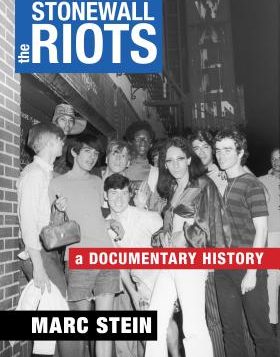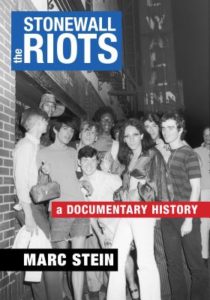WHY DID the Stonewall Riots occur when and where they did? When historians have tried to address this question, they have come up with several plausible answers. Few give much credence to the popular myth that the riots in 1969, when thousands of people protested in the streets of Greenwich Village in response to a police raid on the Stonewall Inn, were a completely spontaneous and entirely unprecedented reaction to the oppression faced by LGBT people.
With varying degrees of persuasiveness, historians have settled on essentially three alternative explanations, each of which contributes to our understanding of the rebellion. First is the argument that the uprising was the culmination of political organizing by the “homophile” movement that began in the early 1950s and radicalized in the mid-1960s. Second, there’s the idea that the riots were profoundly influenced by a long tradition of bar-based oppression and resistance and the distinct factors that shaped that tradition in New York City. A third explanation stresses that the rebellion was influenced by the radicalization of other social movements in the late 1960s and inspired by the wave of urban riots that began with the Watts rebellion in Los Angeles in 1965.
In The Stonewall Riots: A Documentary History, which will be published by NYU Press in time for the fiftieth anniversary of the uprising, I present 200 documents from 1965 to 1973 that illuminate developments before, during, and after the LGBT movement’s most important turning point. The first three chapters, which address bars and policing, agendas and visions, and political protests before the riots, provide ample evidence for supporters of all three explanations. They also challenge simplistic portrayals of the pre-Stonewall era as relentlessly oppressive, as well as the widely held belief that the homophile movement was consistently small, accommodationist, and ineffective.
Parts of this essay are adapted from the introduction to The Stonewall Riots: A Documentary History (NYU Press, 2019).
Marc Stein is the Jamie and Phyllis Pasker Professor of History at San Francisco State University. He is the author of City of Sisterly and Brotherly Loves (2000), Sexual Injustice(2010), and Rethinking the Gay and Lesbian Movement(2012).








